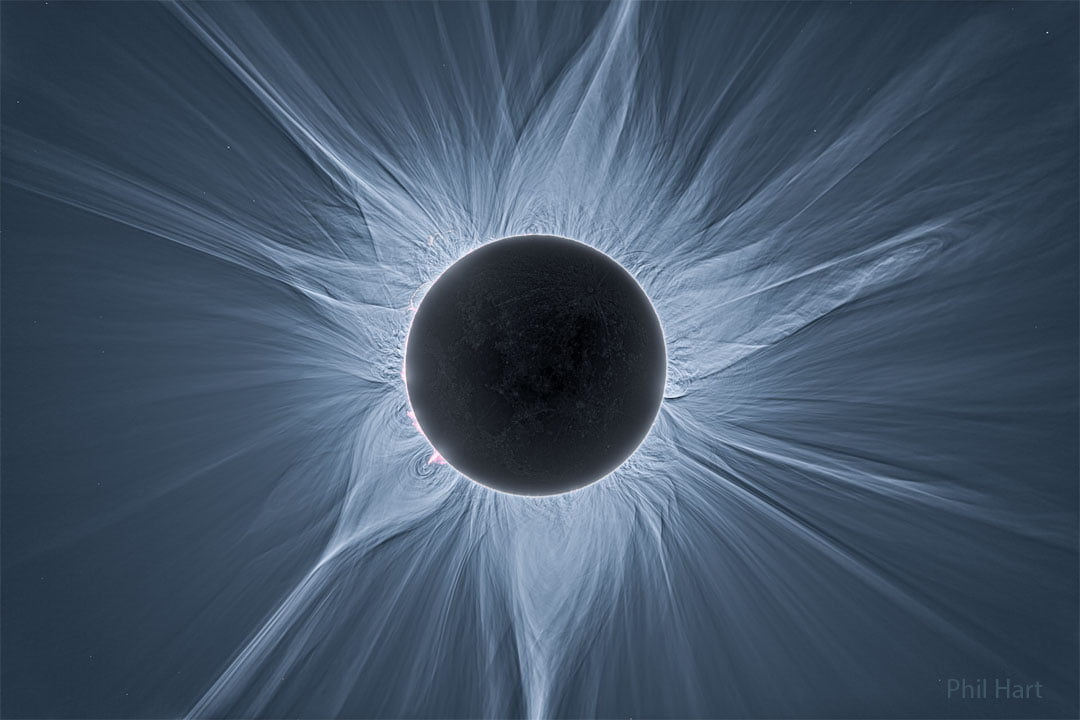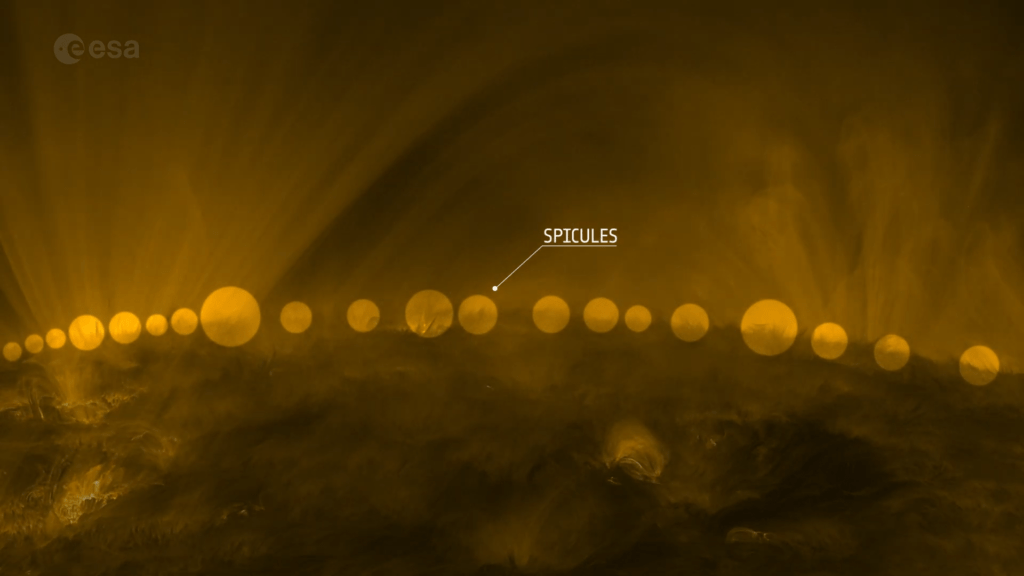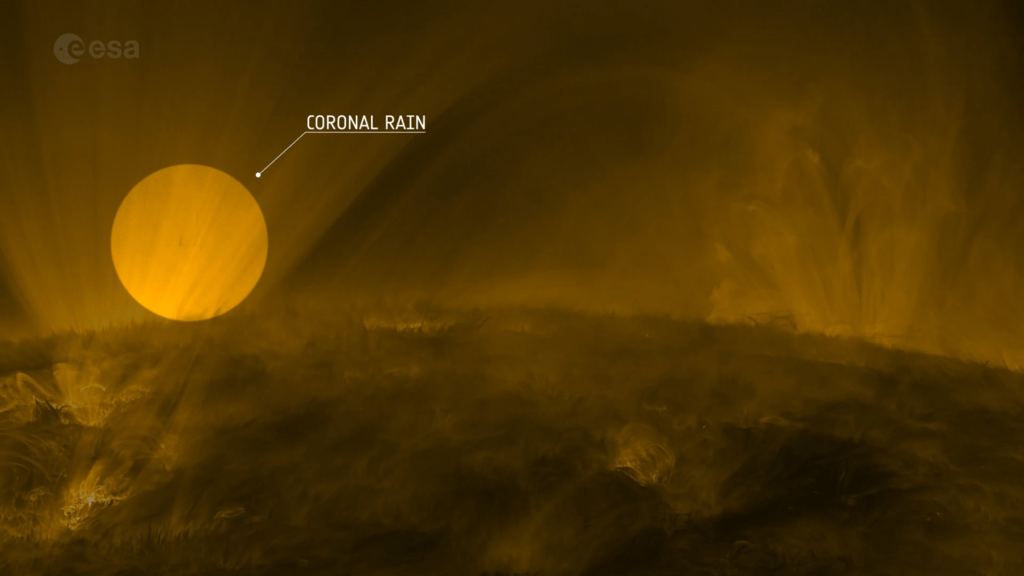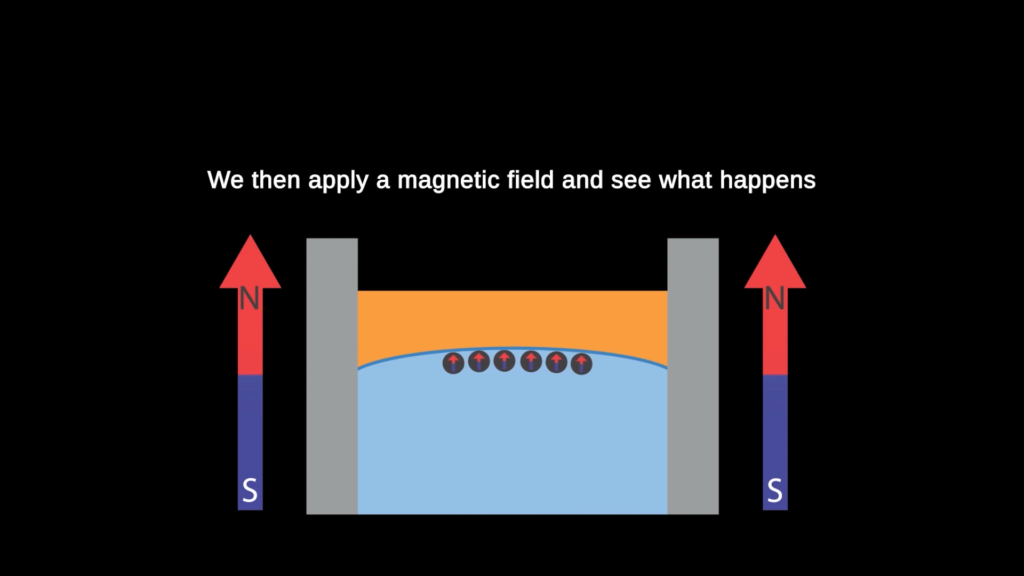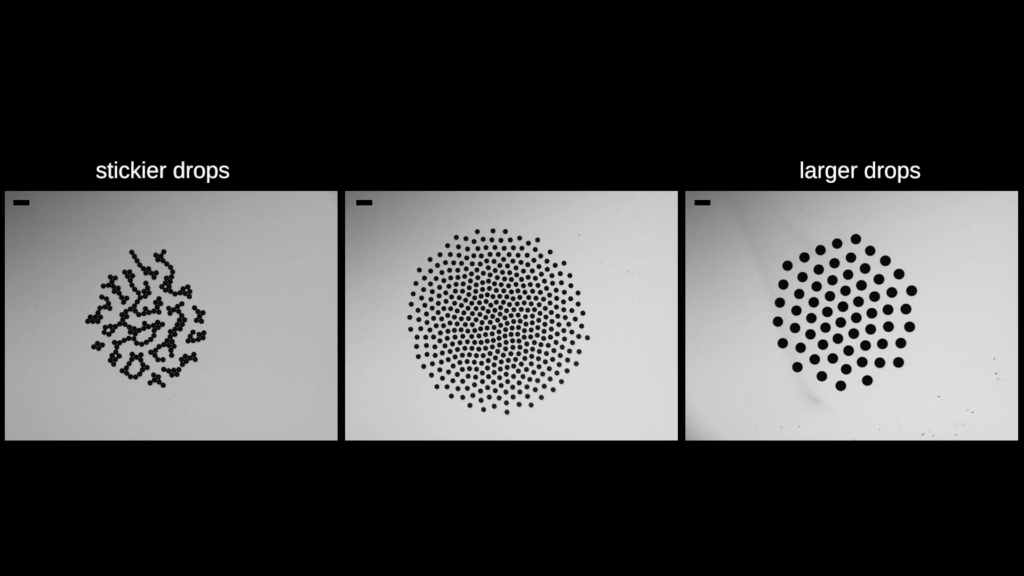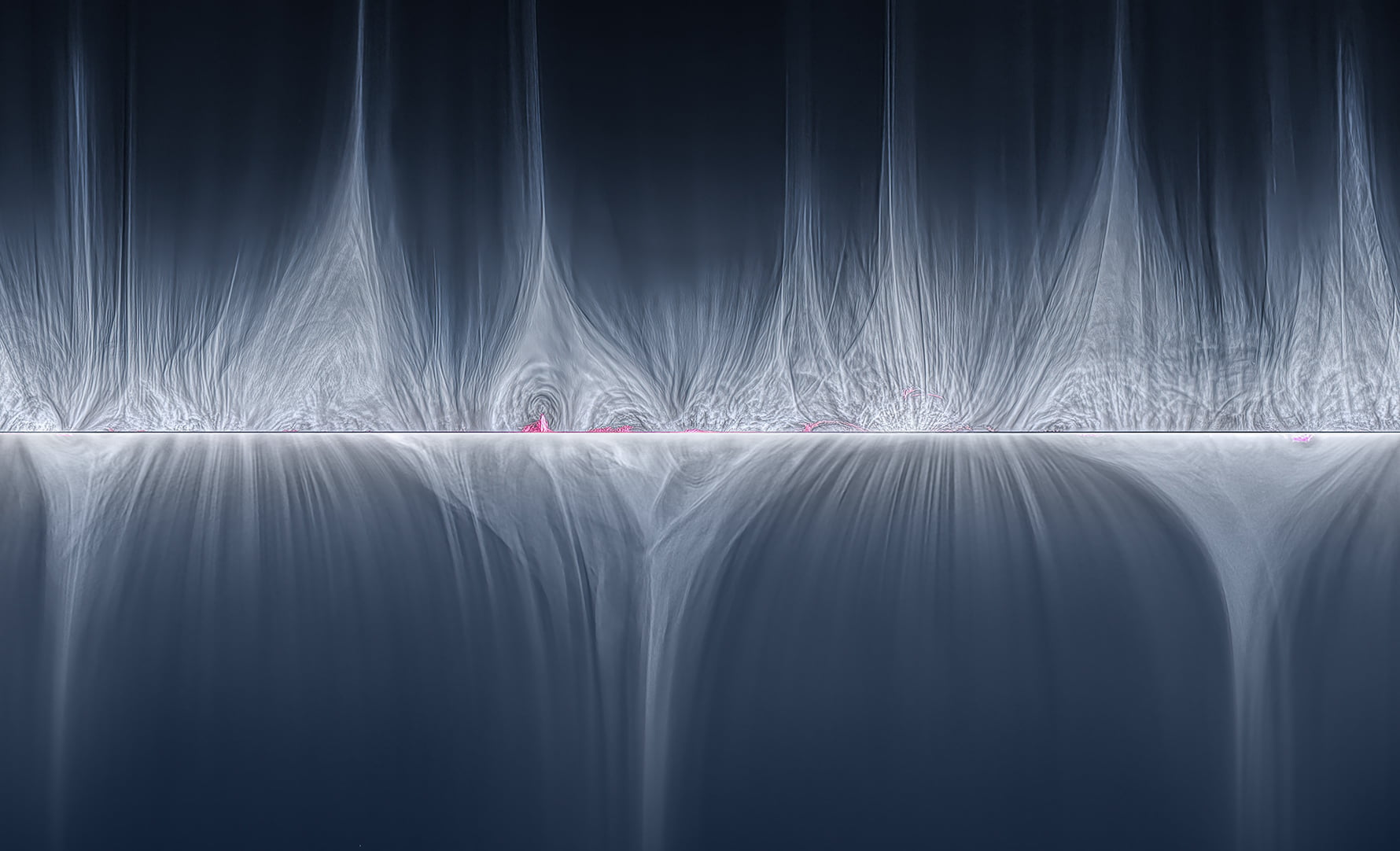Auroras happen when energetic particles — usually from the solar wind — interact with the atmosphere. Here on Earth, they’re most often found near the poles, where our strong global magnetic field converges, funneling particles down from space. Our neighbor Mars has no global magnetic field. Instead, its magnetic field is a hybrid of two sources: 1) induced magnetism from electric currents in the ionosphere and 2) patches of magnetized iron-rich crust. Together, they form an uneven and changeable field that deflects the solar wind less than one Mars radius above the planet’s surface. In contrast, Earth deflects the solar wind about 10-20 Earth radii away.
Discrete auroras (left panel) occur when electrons plunge down into the atmosphere on magnetic lines coming from Mars’ patchy crust. Global diffuse auroras (center panel) are caused by energetic solar storms that light up the whole atmosphere, sometimes for days at a time. In proton auroras (right panel), incoming solar protons steal electrons from native Martian hydrogen to form high-energy hydrogen atoms that cannot be magnetically deflected. Instead, they penetrate the planet’s bow shock and plunge into the atmosphere, creating a daytime aurora. (Image credit: UAE Space Agency/EMM/EMUS and NASA/MAVEN/IUVS; via Physics Today)


